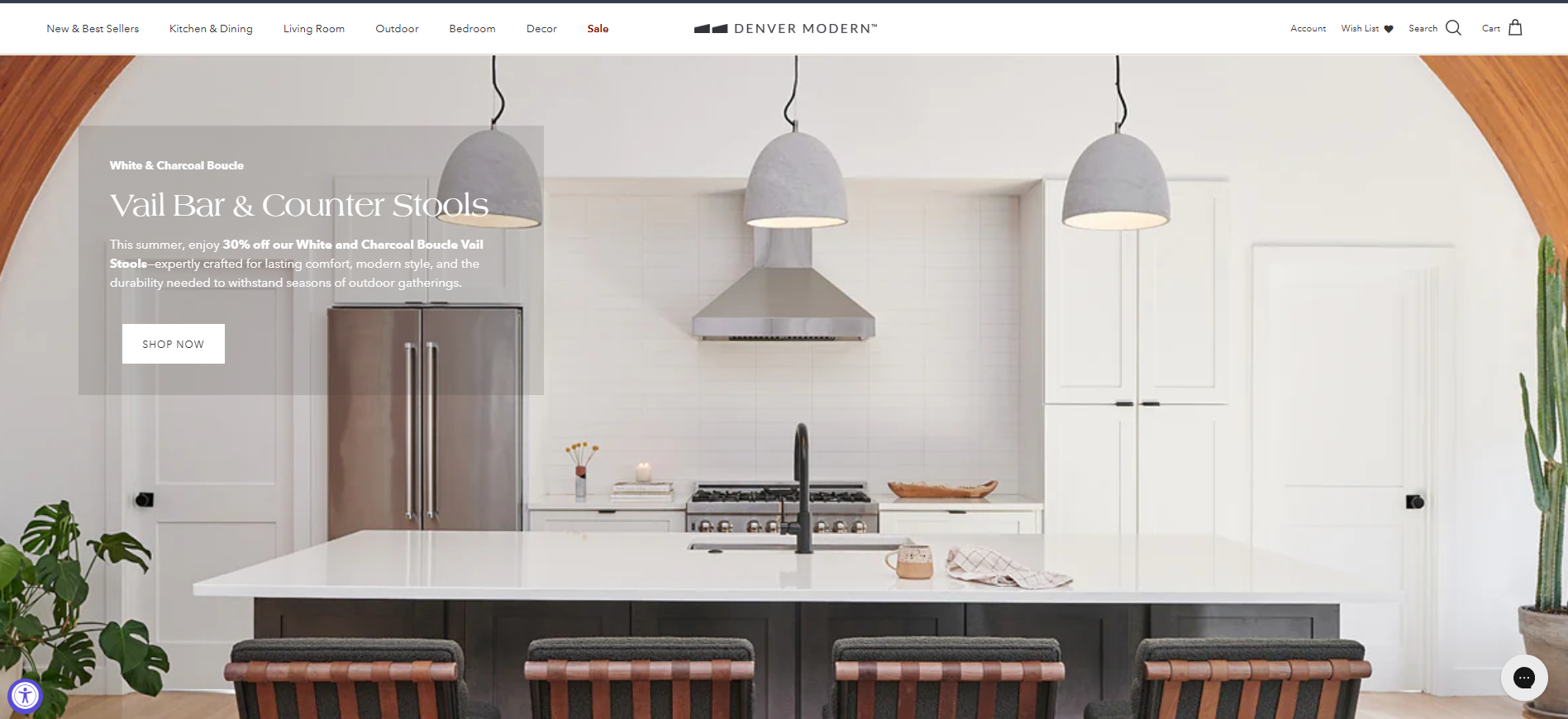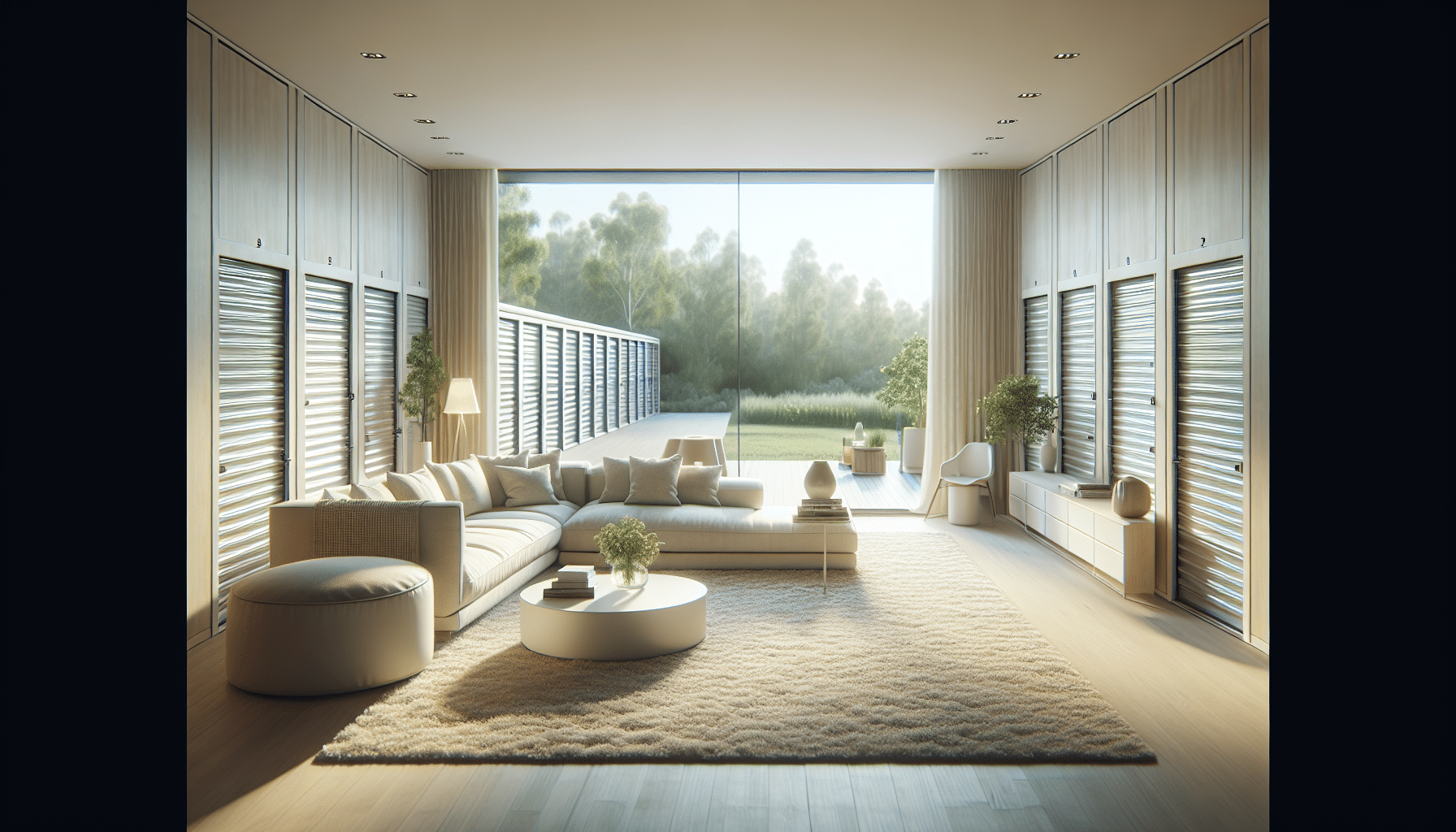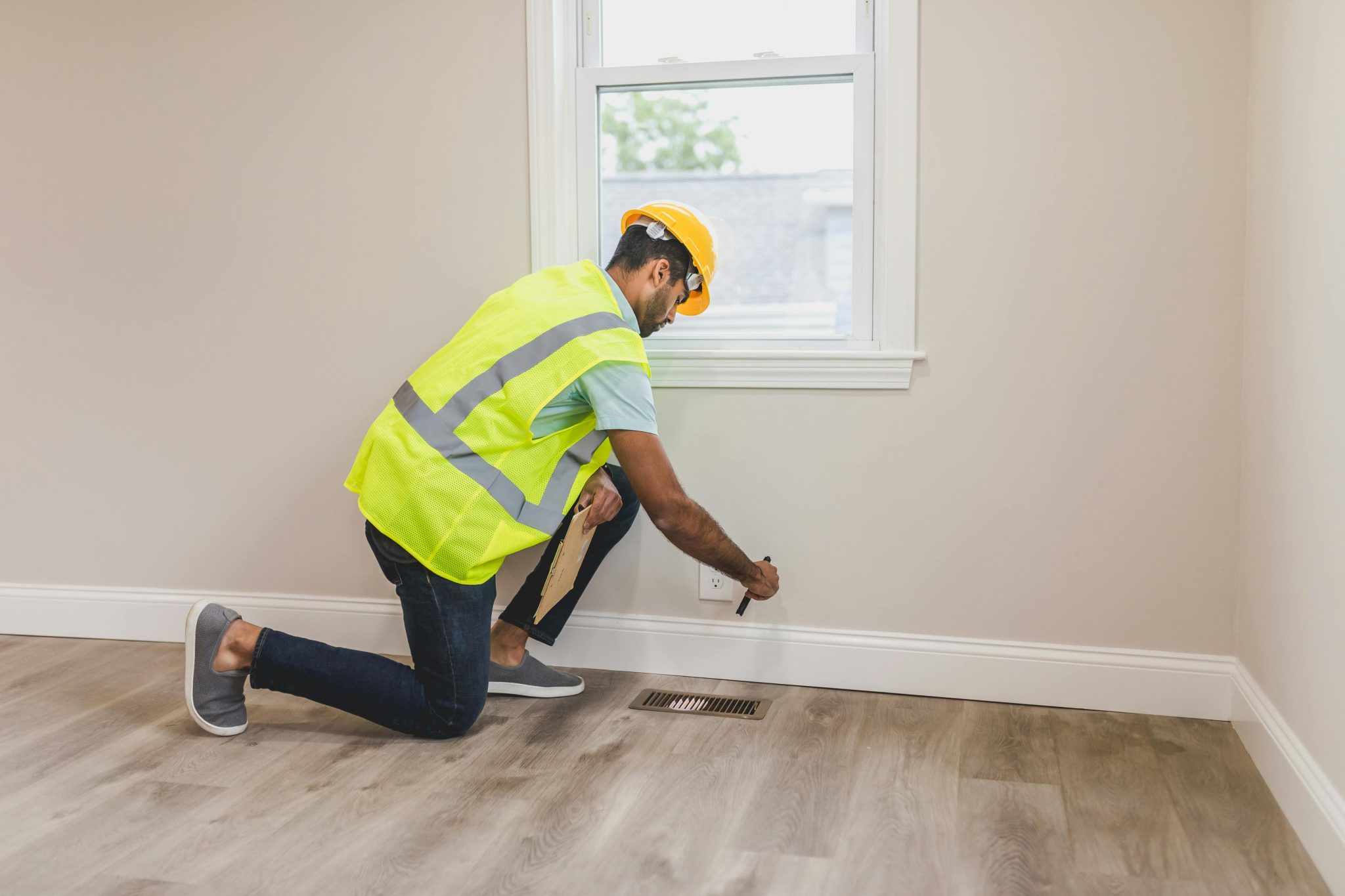6 Tips to Redesign Your Home After Retirement
Redesigning your home after retirement can improve comfort and accessibility. Discover 6 practical tips to create a space that enhances your well-being in this new phase of life
Retirement is a major life transition, and many people choose this time to rethink their living spaces. A well-designed home can enhance comfort, accessibility, and overall well-being. Redesigning your home is just one thing you may consider in retirement.
Retirees share advice with one another and those younger than them on things they wish they knew sooner, whether financial advice, lifestyle advice, or more. You can read what retirees have advised at https://boomerbenefits.com/advice-retirees-wish-they-knew-sooner/. When focusing on your home redesign, here are six practical tips to help you redesign your home after retirement.
Assess Your Needs

Before making any changes, take stock of what you need and want in your home. Consider the following:
- Physical Changes: As you age, mobility might become an issue. Think about how you navigate your space now and what changes might be necessary. For example, are stairs becoming more challenging? Would a single-story layout be more suitable?
- Lifestyle Changes: Retirement often leads to more time for hobbies, social activities, and family visits. Evaluate what you do most frequently and how your space can support these activities.
- Future Planning: Consider your current needs and how they might change in the next few years. Planning for the long term can save you from making frequent changes later.
Prioritize Accessibility
Making your home accessible is crucial for comfort and safety. Here are some accessibility improvements to consider:
- Wider Doorways and Hallways: If you or your visitors use mobility aids like walkers or wheelchairs, ensure that doorways and hallways are wide enough to accommodate them.
- Bathroom Modifications: Install grab bars in showers and near toilets. A walk-in shower rather than a tub can make it easier to get in and out. There is also a non-slip floor option you can invest in to help prevent falls.
- Kitchen Layout: A functional kitchen is essential. Opt for lower countertops and pull-out shelves to minimize bending and stretching. Position frequently used items within easy reach.
Embrace Open Spaces

An open floor plan can make your home more spacious and easier to navigate. Here are some tips for creating an open layout:
- Knock Down Non-Load-Bearing Walls: Consider removing walls that separate living areas if feasible. This creates a larger, more inviting space for socializing and relaxation.
- Use Multi-Functional Furniture: Look for furniture that serves multiple purposes. For example, a coffee table that doubles as storage or a sofa bed for guests can maximize space efficiency.
- Create Zones: Even in an open layout, you can create distinct areas for different activities. Use area rugs or furniture arrangements to define spaces without physical barriers.
Incorporate Technology
Modern technology can greatly enhance your living environment, making it more comfortable and convenient. Here are some tech upgrades to consider:
- Smart Home Devices: Install smart lighting, thermostats, and security systems that you can control remotely. These devices can improve energy efficiency and provide peace of mind.
- Voice-Activated Assistants: Devices like Amazon Echo or Google Home can help you manage daily tasks, control smart home features, and access information hands-free.
- Home Health Monitoring: Consider technology that can monitor health conditions, such as fall detection systems or medication reminders, to maintain independence.
Focus on Low Maintenance
Retirement is a time to enjoy life, not spend it on home maintenance. Choose materials and designs that minimize upkeep:
- Durable Materials: Opt for flooring and furnishings that are easy to clean and maintain. Consider hardwood or laminate flooring instead of carpet, which can trap dust and allergens.
- Outdoor Spaces: If you have a yard, think about landscaping that requires less maintenance. Native plants and xeriscaping can reduce water use and upkeep.
- Simplify Decor: A minimalist approach can also help reduce clutter and maintenance. Fewer decorative items mean less cleaning and organization.
Personalize Your Space
Finally, make your home reflect your personality and interests. Here are some ways to personalize your space:
- Artwork and Photos: Display art and photographs that bring you joy. This could be family pictures, travel memorabilia, or pieces you’ve collected over the years.
- Hobbies and Interests: Designate areas for your hobbies. Whether it’s a craft room, a reading nook, or a workshop, make sure you have a space dedicated to activities you love.
- Comfort Elements: Include features that enhance comfort, such as cozy seating, good lighting, and temperature control. Your home should be a sanctuary where you feel relaxed and happy.
Conclusion
Redesigning your home after retirement is an opportunity to create a space that supports your new lifestyle. By assessing your needs, prioritizing accessibility, embracing open spaces, incorporating technology, focusing on low maintenance, and personalizing your environment, you can transform your home into a comfortable, functional haven. Take your time, plan thoughtfully, and enjoy this new chapter in your life.






